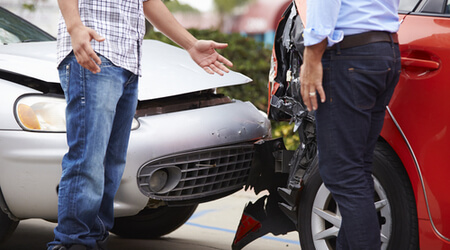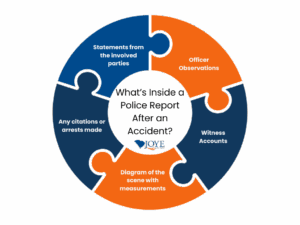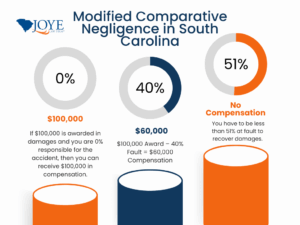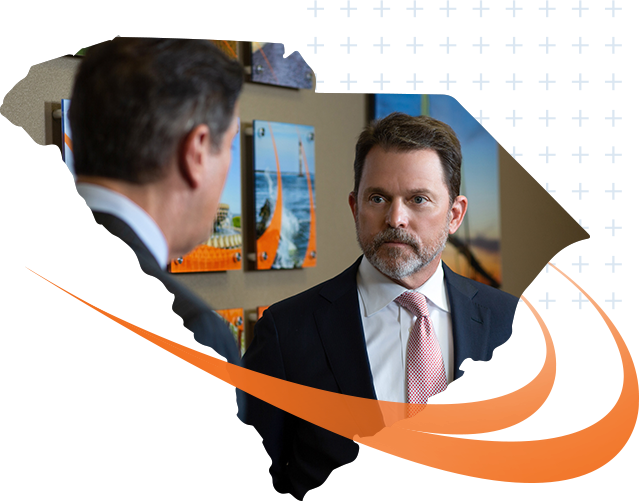
When the dust settles after a car accident, one of the first questions asked is Who was at fault? It’s a question that can determine everything, from whose insurance pays the bills to whether you’re entitled to compensation for your injuries. But in the chaos of spinning tires, broken glass, and shaken nerves, the truth can get buried fast.
Fault isn’t just about pointing fingers; it’s about uncovering the facts, interpreting the law, and protecting your rights. Understanding how fault is determined can help protect your rights and ensure fair treatment by insurance companies.
At Joye Law Firm Injury Lawyers, our experienced car accident lawyers work closely with clients throughout South Carolina to help them understand fault, navigate dealing with insurance companies, and secure the maximum available compensation.
If you’ve been injured in a crash, schedule a free consultation today to discuss your legal options with a member of our experienced team.
How Our Accident Lawyers Determine Who Is At Fault
Our auto accident attorneys carefully investigate every case to establish who is responsible. South Carolina follows a modified comparative negligence rule, meaning a person can recover damages as long as they’re less than 51% at fault. To build a strong car accident case, we focus on obtaining:
- The official police report detailing the wreck
- Eyewitness statements from bystanders and passengers
- Traffic laws relevant to the incident
- Vehicle damage analysis to understand impact points and crash dynamics
- Photos or videos from the accident scene, including traffic cams, dashcams, and cell phones
- Black box data, which may show speed, braking, and other activity in the moments leading up to the collision
- Skid marks or debris from the crash to help reconstruct the accident
- Driving records of the involved drivers, including past infractions or prior accidents
- Toxicology reports to determine whether alcohol or drugs played a role
- Traffic citations or arrests made at the scene
- Vehicle maintenance records, especially in cases involving commercial trucks or defective parts
- Weather conditions and roadway hazards at the time of the crash
- Insurance policy documents to evaluate coverage and potential liability limits
- Medical records to link your injuries directly to the accident
We communicate with insurance companies, oppose unfair fault claims, and help clients avoid saying anything that could harm their case.
How Do Insurance Companies Determine Who Is At Fault?
Insurance companies determine fault by reviewing all available evidence and comparing it to the terms of their liability insurance policies. Here’s how the process usually works:
- Claims adjusters review police reports, statements, photos, and repair records.
- They examine vehicle damage to understand the point of impact.
- They look at statements from involved parties and witnesses.
- They check if any traffic laws were broken, such as speeding or failing to stop at a stop sign.
- Adjusters often utilize accident reconstruction tools to recreate the accident scene.
However, the process isn’t always fair. An insurance carrier may side with their own client. That’s why having a car accident lawyer is essential to protect your side of the story.






